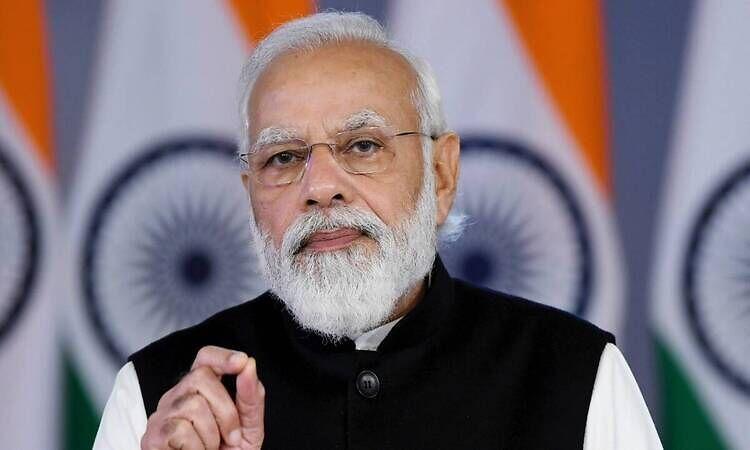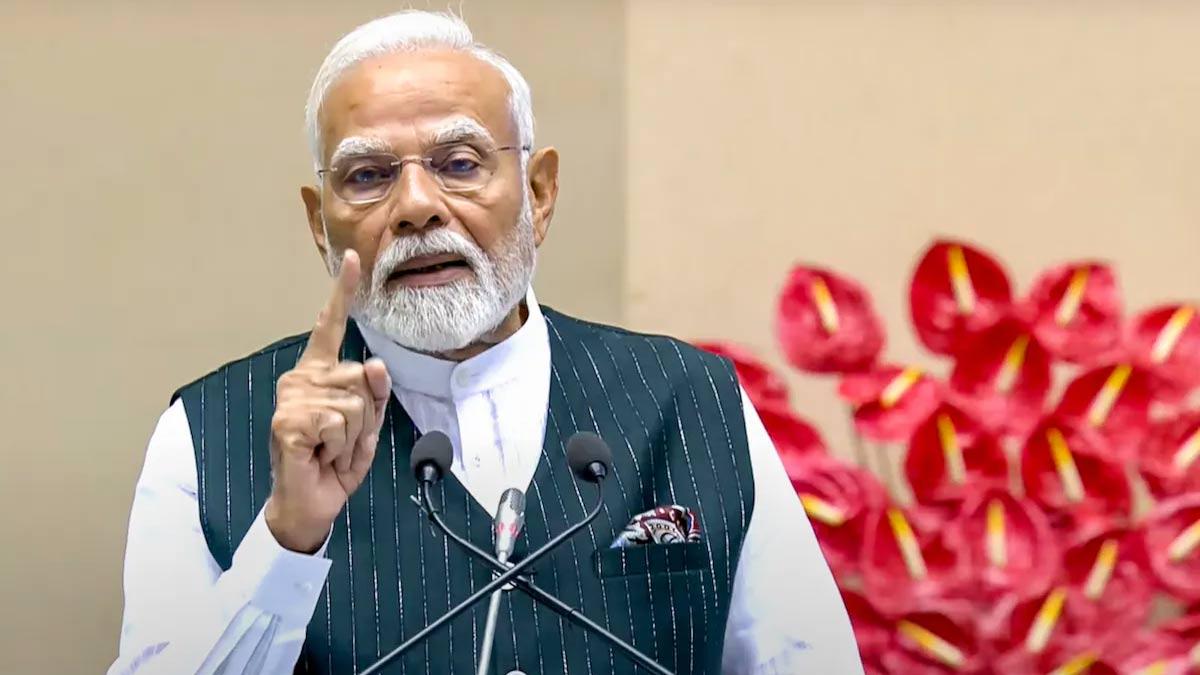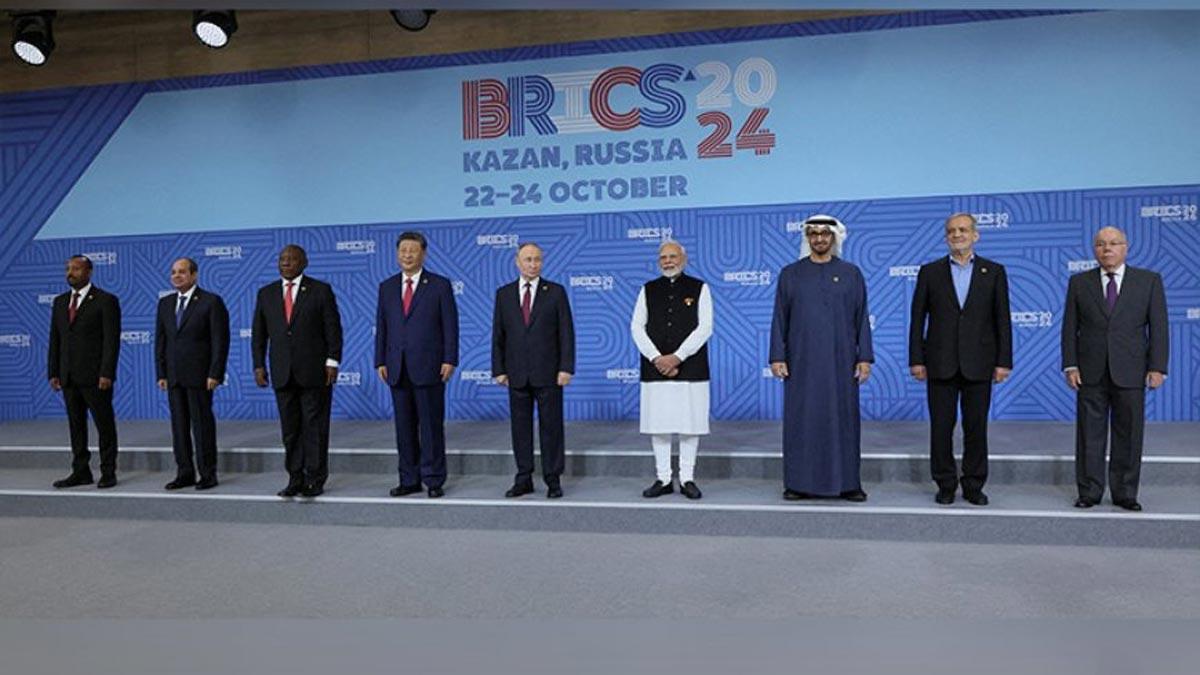India, under Prime Minister Narendra Modi, is more likely than ever in the past to respond militarily to provocations or threats, real or perceived, by Pakistan, according to a US report.
The report, titled “Annual Threat Assessment of the US Intelligence community” and compiled by the Office of the Director of National Intelligence, was presented to the US Congress on Tuesday.
“Pakistan has a long history of supporting anti-India militant groups; under the leadership of Prime Minister Narendra Modi, India is more likely than in the past to respond with military force to perceived or real Pakistani provocations, and each side’s perception of heightened tensions raises the risk of conflict,” the report said.
Also read| EU roadmap to cut reliance on Russian gas by two-third in a year
The report also cited that there is a risk of an escalatory cycle between India and Pakistan in case a crisis between the two nuclear armed neighbours breaks out.
A terrorist attack in mainland India or a violent unrest in Kashmir have been cited as potential reasons which can be major flashpoints.
In context of India and China, the report cited the 2020 lethal Galwan clashes as a critical event which has strained the relations between the two nuclear armed neighbours.
The heightened military standoff at the LAC and the potential outbreak of another set of clashes can elevate into an armed confrontation between India and China, both of which are nuclear powers.
Also read| Xi holds virtual summit with leaders of France, Germany
Such a conflict presents a direct threat to American interests and hence necessitates a US intervention, as per the report.
“Previous standoffs have demonstrated that persistent low-level friction on the Line of Actual Control (LAC) has the potential to escalate swiftly,” the report further said.
India and China are set to host the 15th round of Corps Commander-level talks at the LAC, hosted at the Chushul Moldo sector in Ladakh, India.
The previous 14 rounds of talks have resolved issues pertaining to areas of North and South Bank of Pangong Tso, Galwan and Gogra Hot Springs.
The previous 14th round was held on 12th January but failed to result in the disengagement of the armed forces.
The tensions at the LAC, which began after a violent clash in the Pangong lake areas, peaked in June 2020 in the Galwan valley where 20 Indian soldiers were martyred following a violent confrontation triggered by China.


















